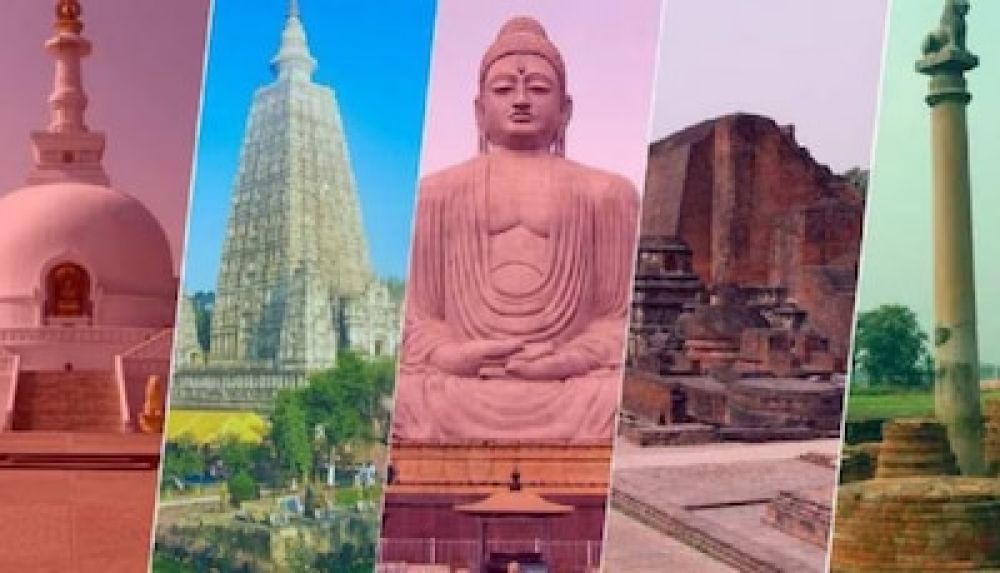

Bihar, an Indian state with a storied past, has played a significant role in shaping the country's historical and cultural landscape. The history of tourism in Bihar is deeply intertwined with its ancient heritage, religious significance, and myriad of historical sites that attract scholars, pilgrims, and travelers from across the globe.
The inception of tourism in Bihar can be traced back to the time of Gautama Buddha and Lord Mahavira, over 2500 years ago. Bihar was the cradle of two major world religions, Buddhism and Jainism. Pilgrims from various parts of India and around the world started visiting this sacred ground to immerse themselves in spiritual learning and enlightenment.
The Mauryan and Gupta empires, known for their patronage of art and culture, further embellished Bihar with various architectural and historical landmarks, which till today draw the attention of history buffs.
Nalanda University, once a prestigious center of learning that attracted students from as far as Greece, Tibet, and Persia, stands in ruins today as a UNESCO World Heritage Site, bearing testimony to Bihar's rich educational heritage.
Another significant beacon of Bihar's tourist history is Bodh Gaya, where Lord Buddha attained enlightenment under the Bodhi Tree. The Mahabodhi Temple, a UNESCO World Heritage Site, marks this sacred spot and is a magnet for Buddhist pilgrims.
The ancient city of Rajgir, encircled by hills, was once the capital of the Magadha Empire and is endowed with religious importance due to its association with both Buddhism and Jainism.
Vaishali, believed to be the world's first republic and a site of great importance to Buddhists and Jains alike, adds another feather in Bihar's historical cap.
In recent years, Bihar has invested in modernizing its tourism infrastructure to accommodate the growing number of visitors. With the development of better connectivity, hospitality services, and tourist information centers, the state is focusing on enhancing the visitor experience without compromising on the historical essence of its tourist spots.
Eco-tourism has also started to take root in the region, with initiatives focusing on the state's natural beauty and wildlife, such as the Valmiki National Park, which is getting more emphasis to attract a diverse range of tourists.
Bihar tourism today is leaning towards an inclusive approach that showcases not just its historical and religious landmarks but also its cultural vibrancy. Festivals like Chhath Puja and Sonepur Cattle Fair are becoming part of the tourism calendar, presenting visitors with an authentic taste of Bihari culture.
The trend towards experiential travel is also leading to a rise in culture-based homestays, rural tourism, and local craft tours, allowing tourists to immerse themselves in the day-to-day life of the people of Bihar.
The history of Bihar's tourism is an ongoing journey from ancient spiritual heritage to a more diverse and dynamic tourism industry. As the state continues to balance tradition and modernity, it offers an ever-enriching tapestry of experiences that beckon travelers looking for both historical wisdom and contemporary insights.